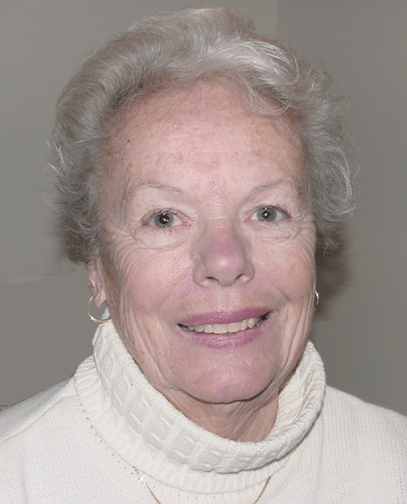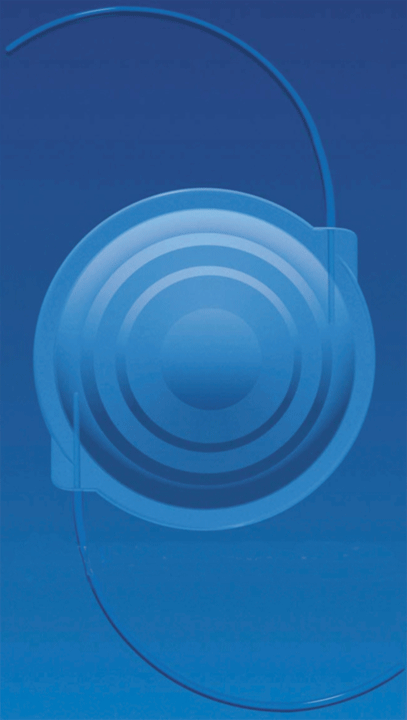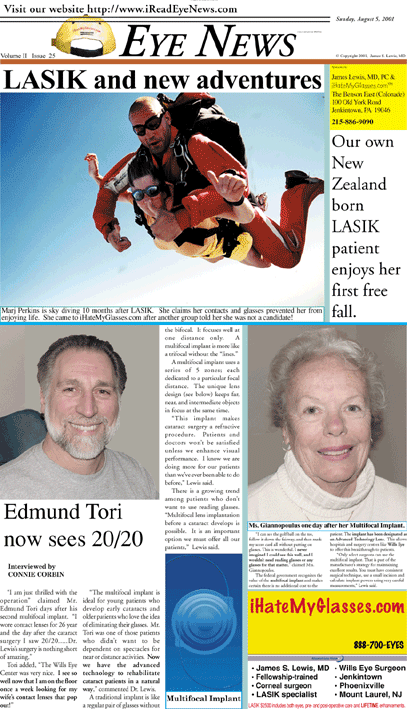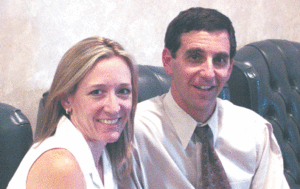Philadelphia / Bucks County LASIK Surgeon – Dr. James S. Lewis
Eye News Volume II Issue 25

LASIK and new adventures

Marj Perkins is sky diving 10 months after LASIK. She claims her contacts and glasses prevented her from enjoying life. She came to iHateMyGlasses.com after another group told her she was not a candidate!
Our own New Zealand born LASIK
patient enjoys her first free fall.
patient enjoys her first free fall.

Ms. Giannopoulus one day after her Multifocal Implant.
“I can see the golf ball on the tee, follow it down the fairway, and then mark my score card all without putting on glasses. This is wonderful. I never imagined I could see this well, and I wouldn’t need reading glasses or any glasses for that matter,” claimed Mrs. Giannopoulos.
The federal government recognizes the value of the multifocal implant and makes certain there is no additional cost to the patient. The implant has been designated as an Advanced Technology Lens. This allows hospitals and surgery centers like Wills Eye to offer this breakthrough to patients.
“Only select surgeons can use the multifocal implant. That is part of the manufacturer’s strategy for maintaining excellent results. You must have consistent surgical technique, use a small incision and calculate implant powers using very careful measurements,“ Lewis said.
The federal government recognizes the value of the multifocal implant and makes certain there is no additional cost to the patient. The implant has been designated as an Advanced Technology Lens. This allows hospitals and surgery centers like Wills Eye to offer this breakthrough to patients.
“Only select surgeons can use the multifocal implant. That is part of the manufacturer’s strategy for maintaining excellent results. You must have consistent surgical technique, use a small incision and calculate implant powers using very careful measurements,“ Lewis said.
Edmund Tori now sees 20/20

Interviewed by
CONNIE CORBIN
CONNIE CORBIN
“I am just thrilled with the operation” claimed Mr. Edmund Tori days after his second multifocal implant. “I wore contact lenses for 26 year and the day after the cataract surgery I saw 20/20…..Dr. Lewis’s surgery is nothing short of amazing.”
Tori added, “The Wills Eye Center was very nice. I see so well now that I am on the floor once a week looking for my wife’s contact lenses that pop out!”
“The multifocal implant is ideal for young patients who develop early cataracts and older patients who love the idea of eliminating their glasses. Mr. Tori was one of those patients who didn’t want to be dependent on spectacles for near or distance activities. Now we have the advanced technology to rehabilitate cataract patients in a natural way,” commented Dr. Lewis.
A traditional implant is like a regular pair of glasses without the bifocal. It focuses well at one distance only. A multifocal implant is more like a trifocal without the “lines.”
A multifocal implant uses a series of 5 zones; each dedicated to a particular focal distance. The unique lens design (see below) keeps far, near, and intermediate objects in focus at the same time.
“This implant makes cataract surgery a refractive procedure. Patients and doctors won’t be satisfied unless we enhance visual performance. I know we are doing more for our patients than we’ve ever been able to do before,” Lewis said.
There is a growing trend among patients who don’t want to use reading glasses. “Multifocal lens implantation before a cataract develops is possible. It is an important option we must offer all our patients,” Lewis said.
Tori added, “The Wills Eye Center was very nice. I see so well now that I am on the floor once a week looking for my wife’s contact lenses that pop out!”
“The multifocal implant is ideal for young patients who develop early cataracts and older patients who love the idea of eliminating their glasses. Mr. Tori was one of those patients who didn’t want to be dependent on spectacles for near or distance activities. Now we have the advanced technology to rehabilitate cataract patients in a natural way,” commented Dr. Lewis.
A traditional implant is like a regular pair of glasses without the bifocal. It focuses well at one distance only. A multifocal implant is more like a trifocal without the “lines.”
A multifocal implant uses a series of 5 zones; each dedicated to a particular focal distance. The unique lens design (see below) keeps far, near, and intermediate objects in focus at the same time.
“This implant makes cataract surgery a refractive procedure. Patients and doctors won’t be satisfied unless we enhance visual performance. I know we are doing more for our patients than we’ve ever been able to do before,” Lewis said.
There is a growing trend among patients who don’t want to use reading glasses. “Multifocal lens implantation before a cataract develops is possible. It is an important option we must offer all our patients,” Lewis said.

Multifocal Implant

Dr. Lewis is proud to have helped many Philadelphia, Elkins Park and Bucks County LASIK patients eliminate or greatly reduce their dependence on glasses. In addition to LASIK, he performs Epi-LASIK and implantation of Visian ICLs in Bucks County / Philadelphia.

